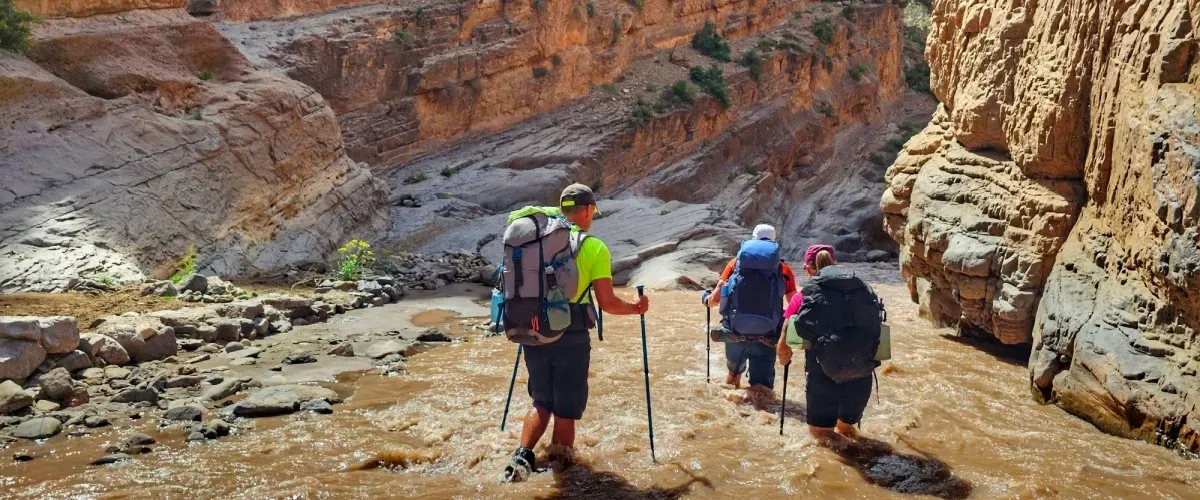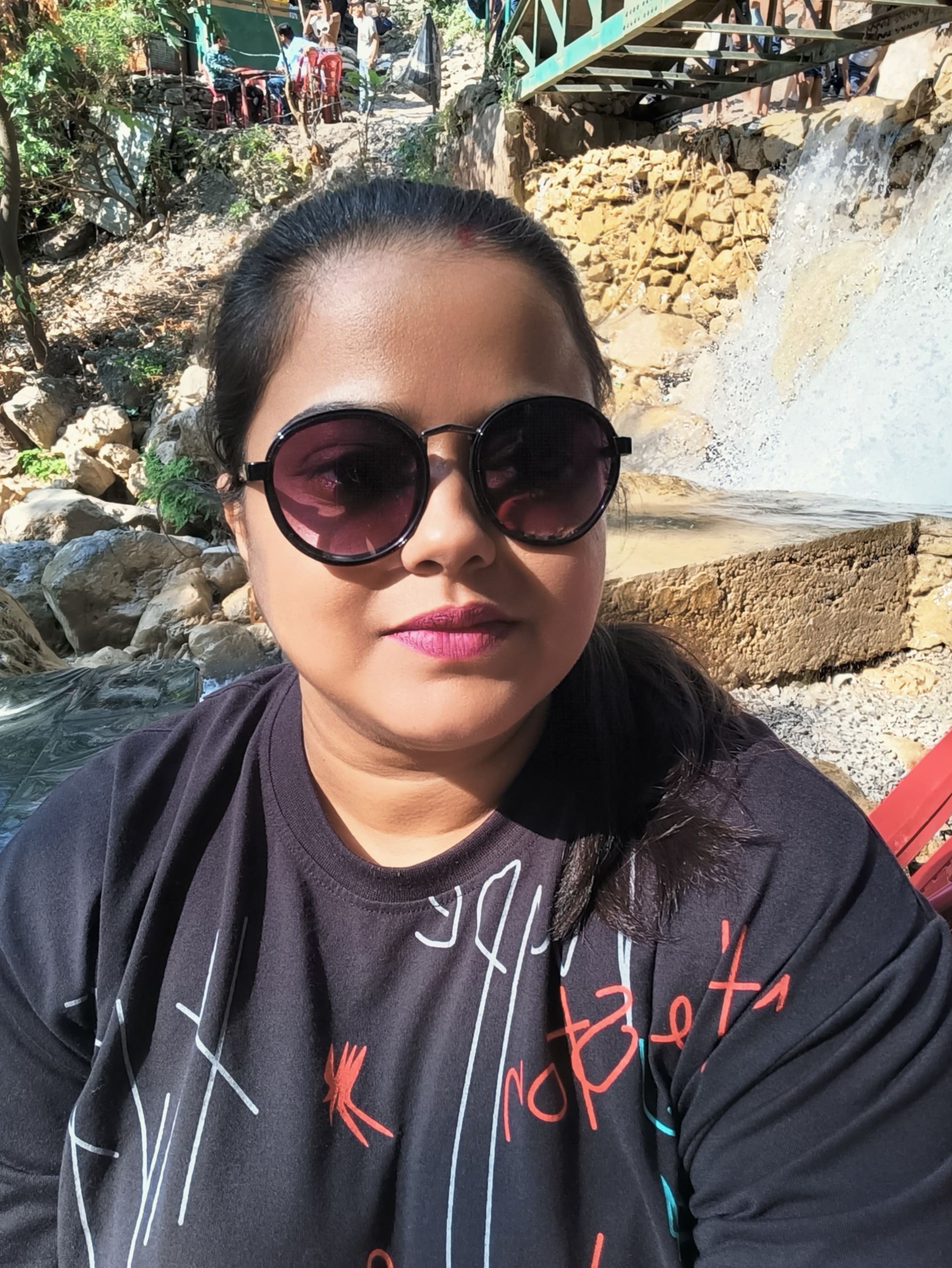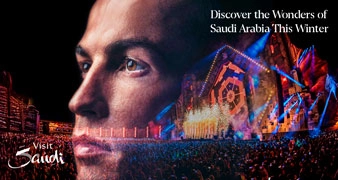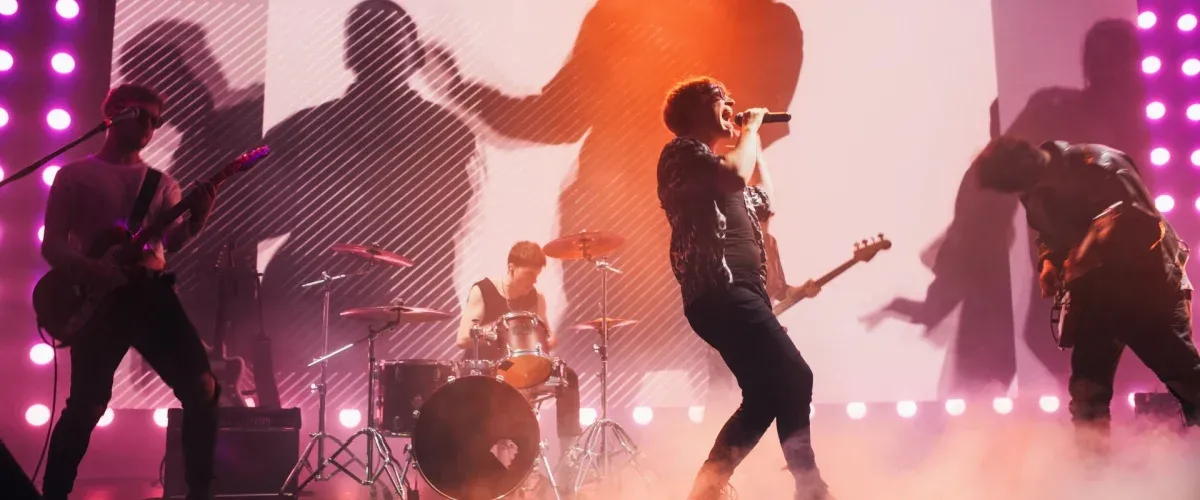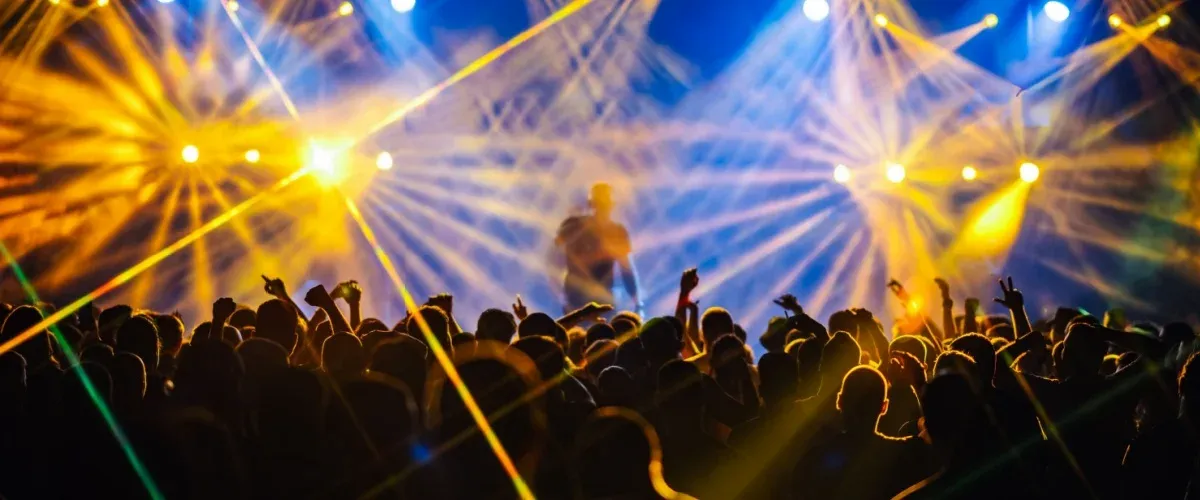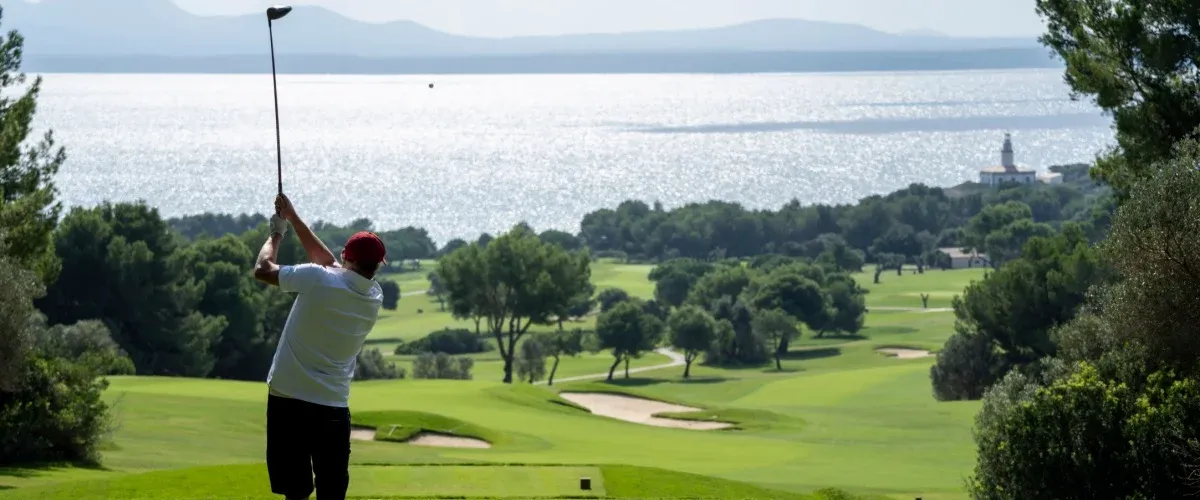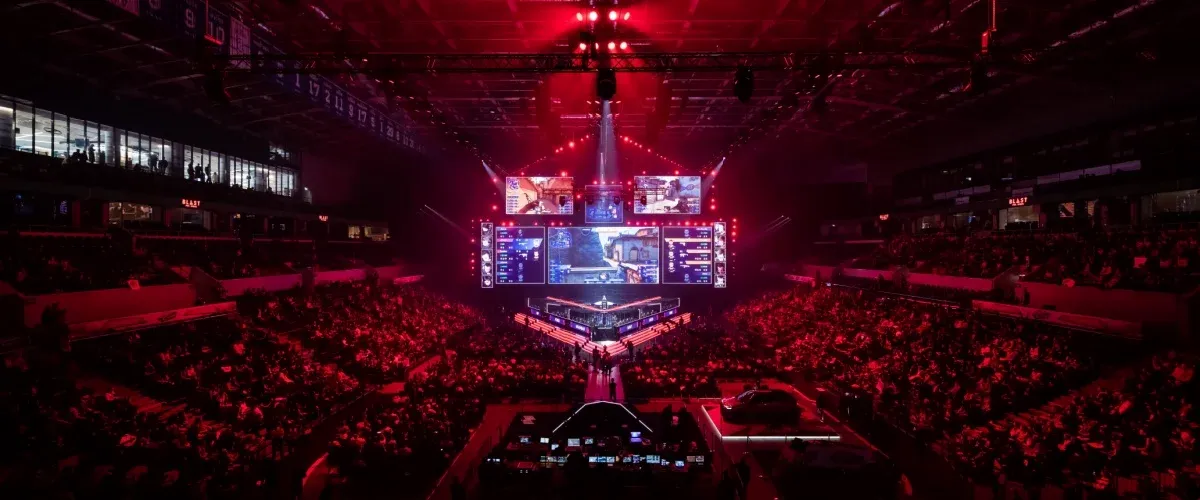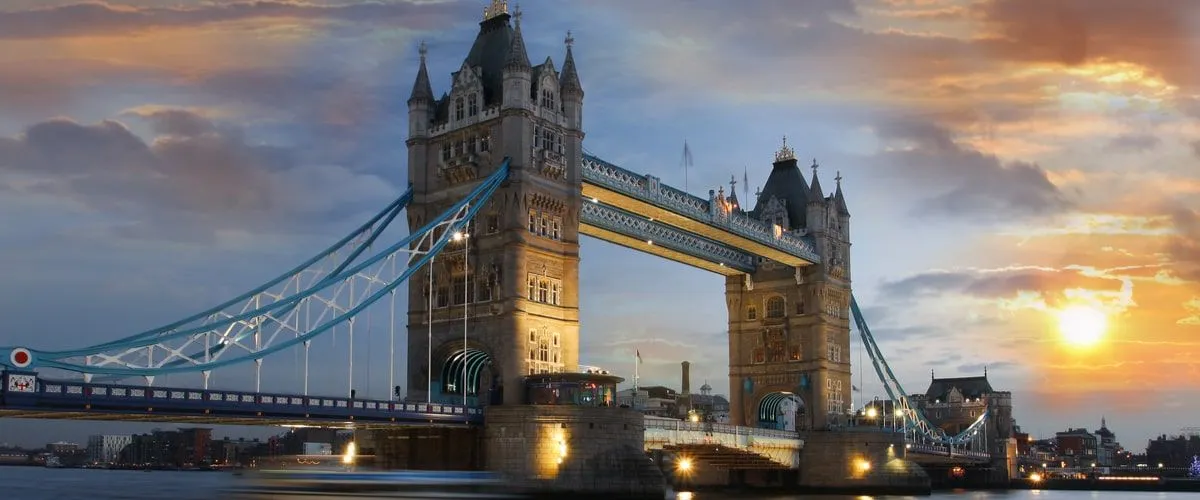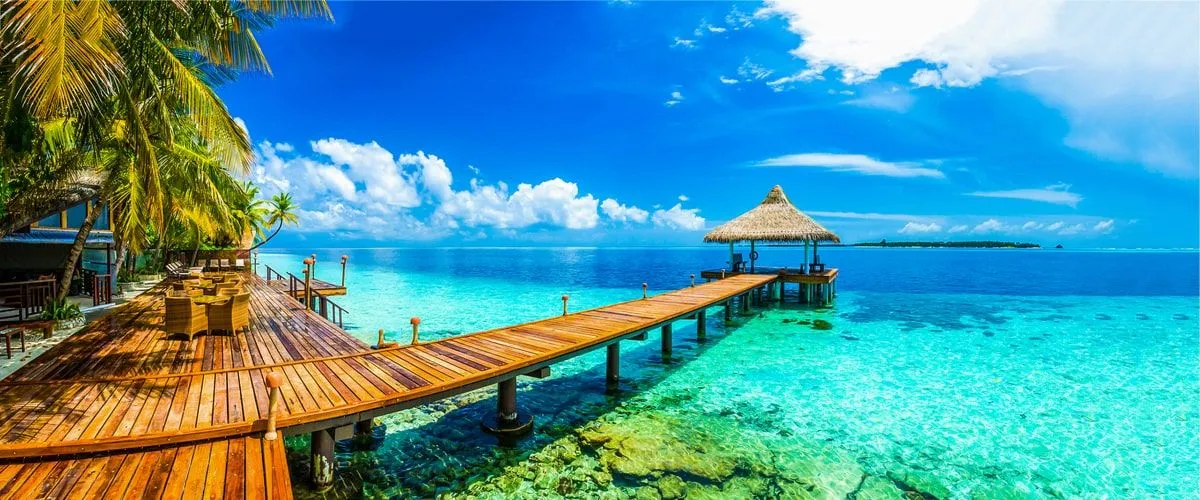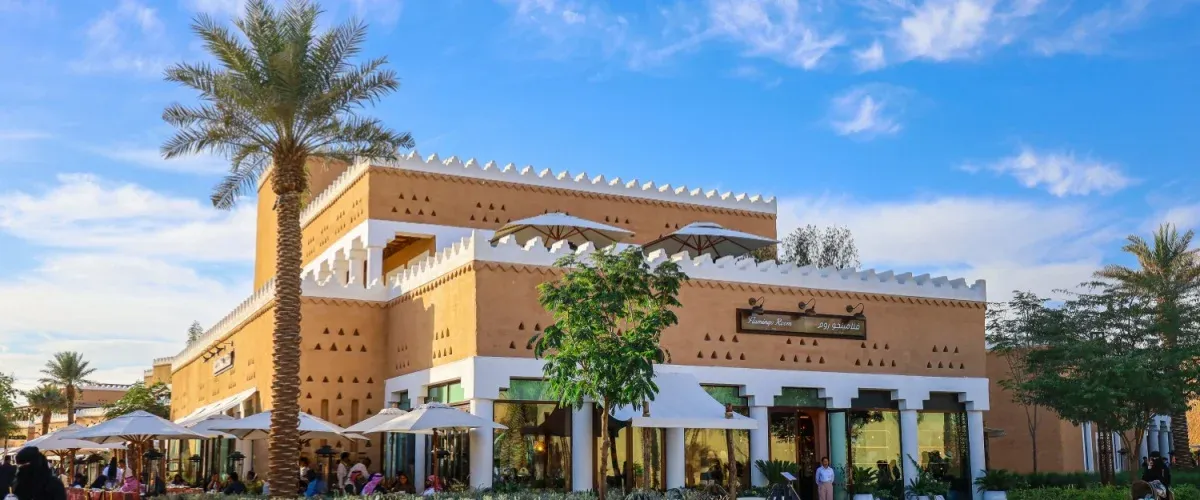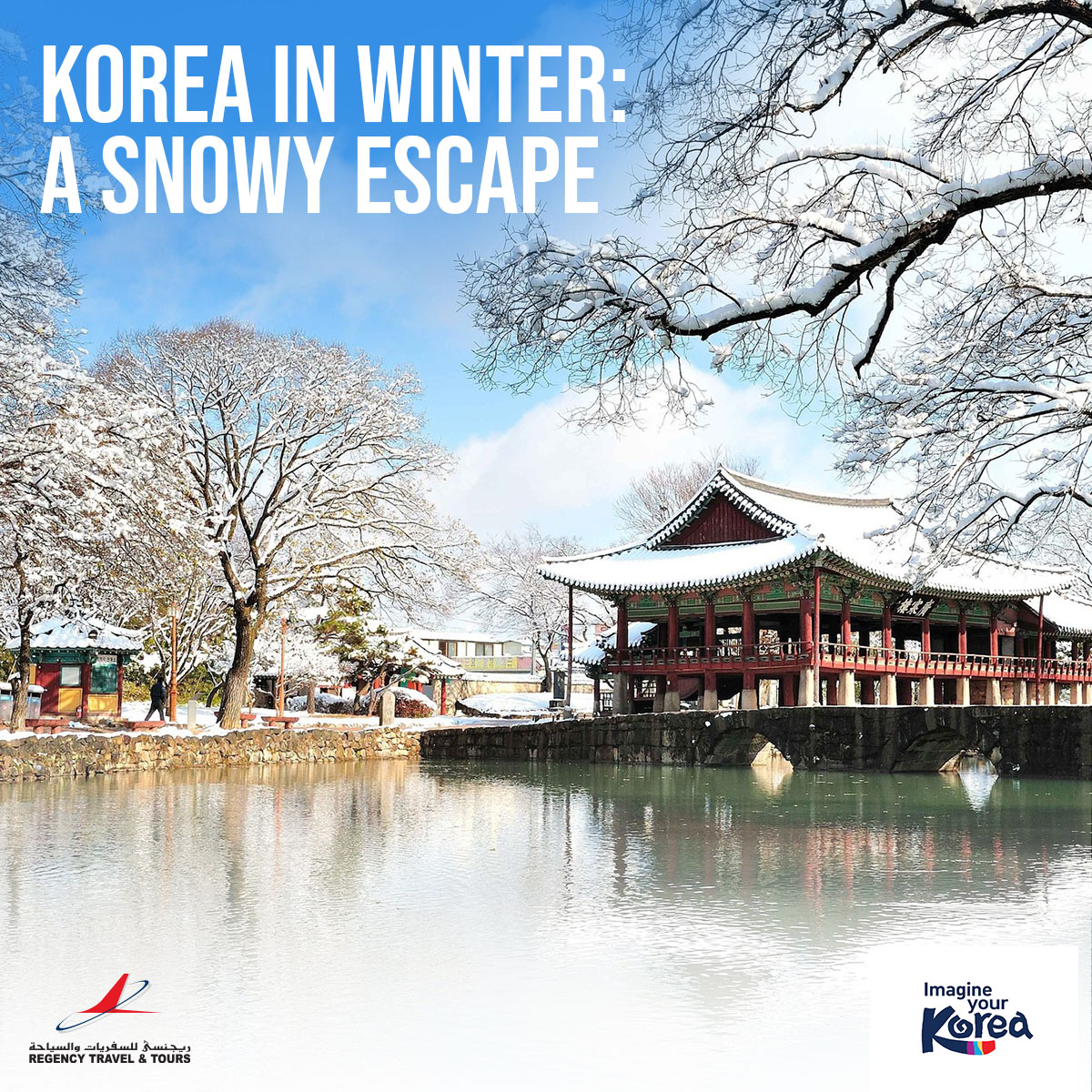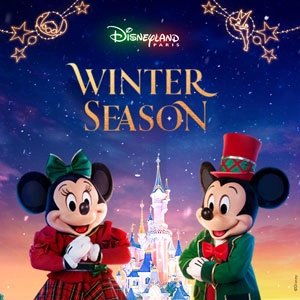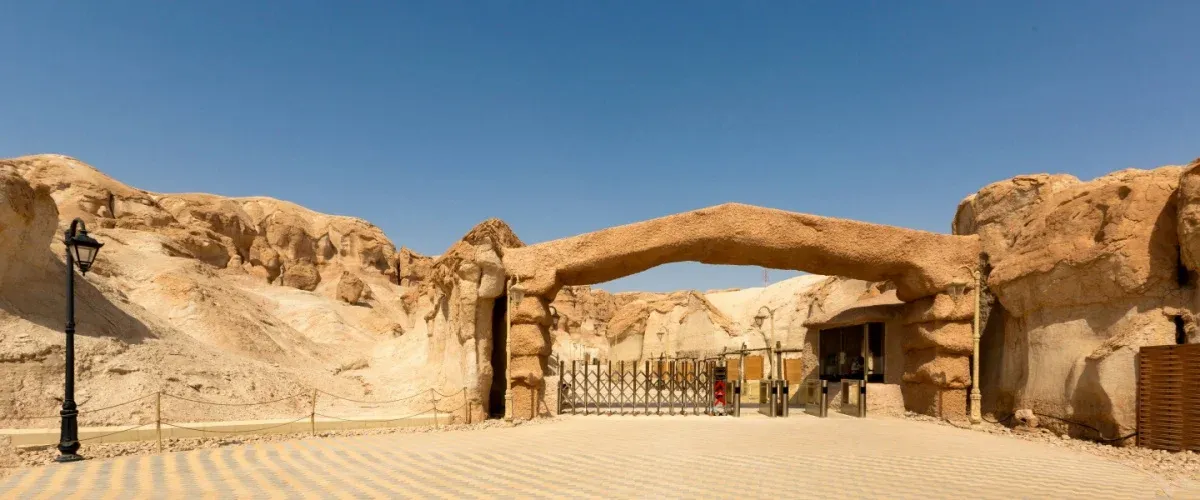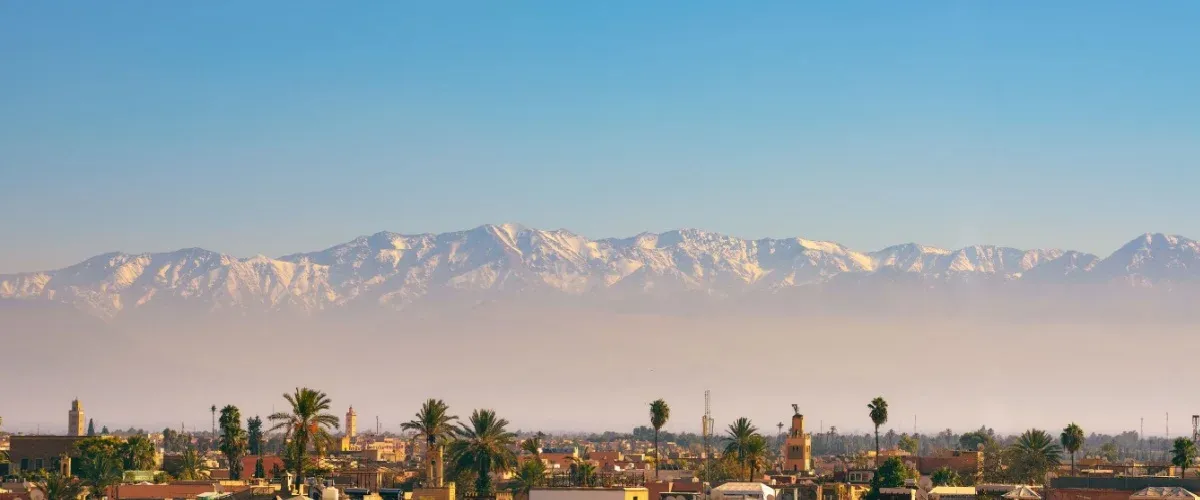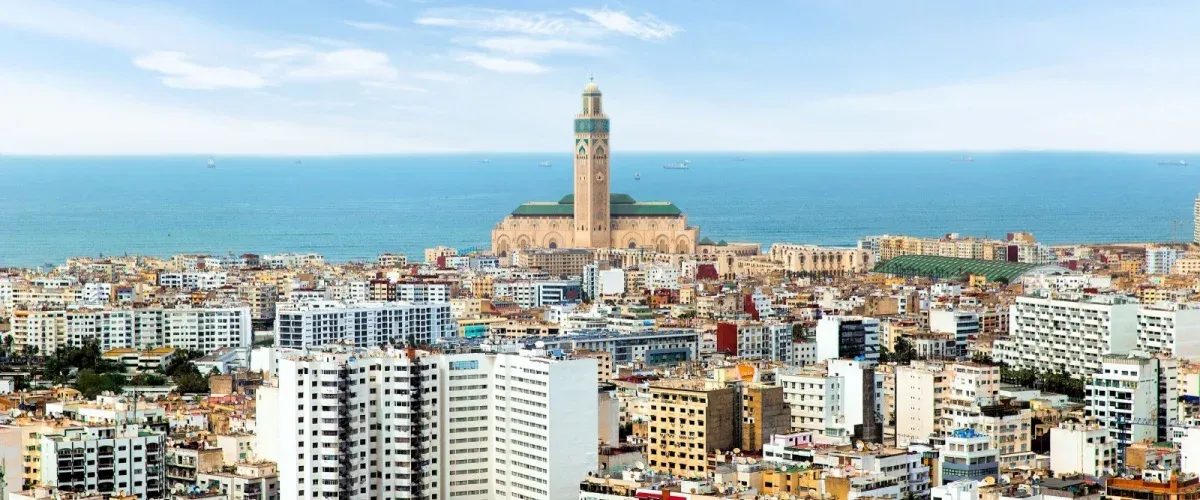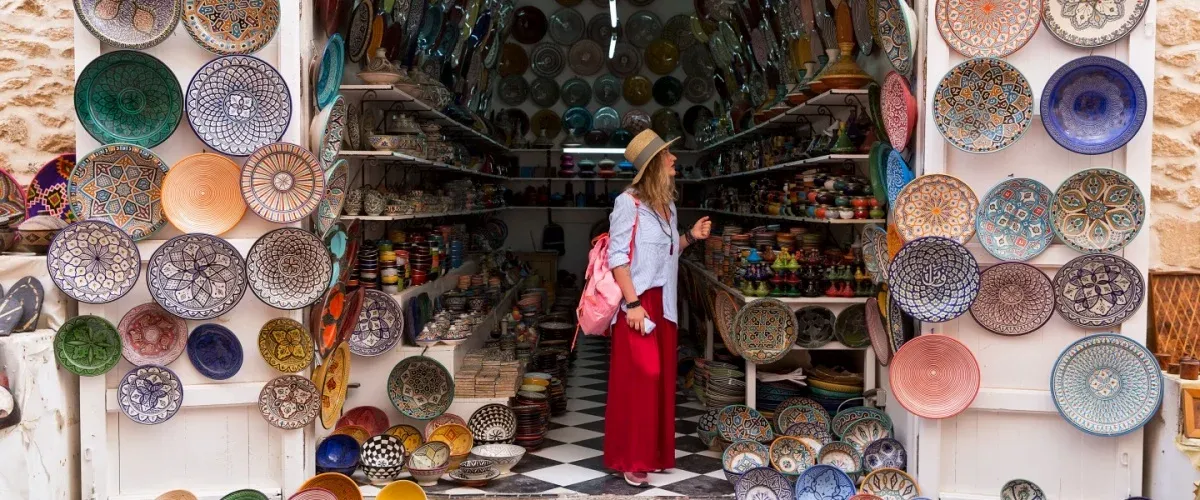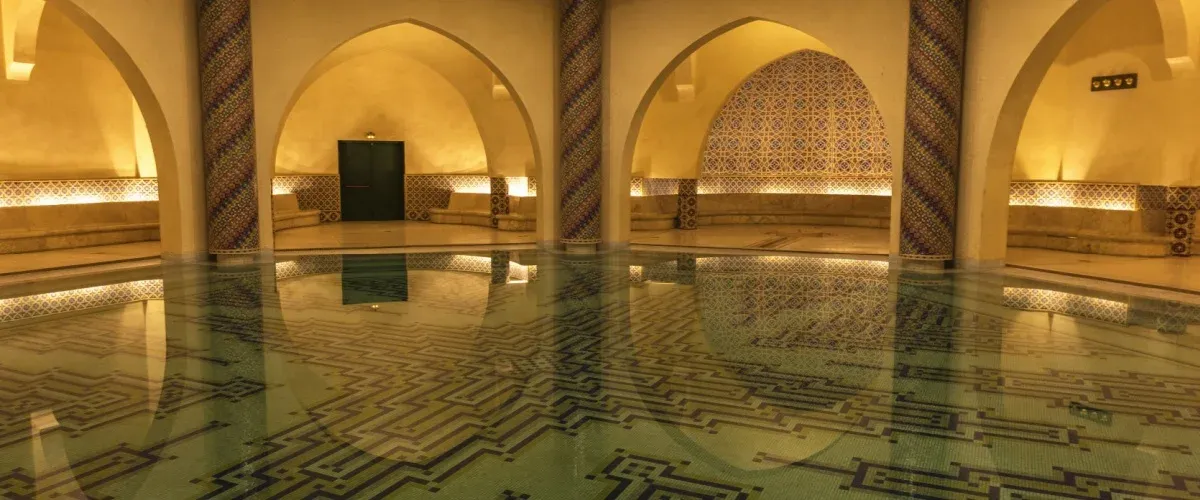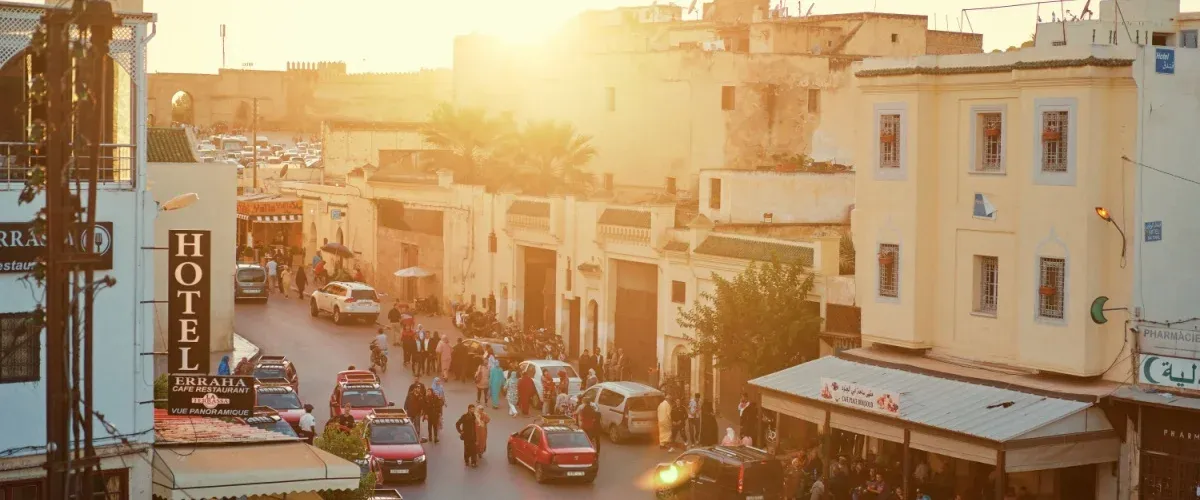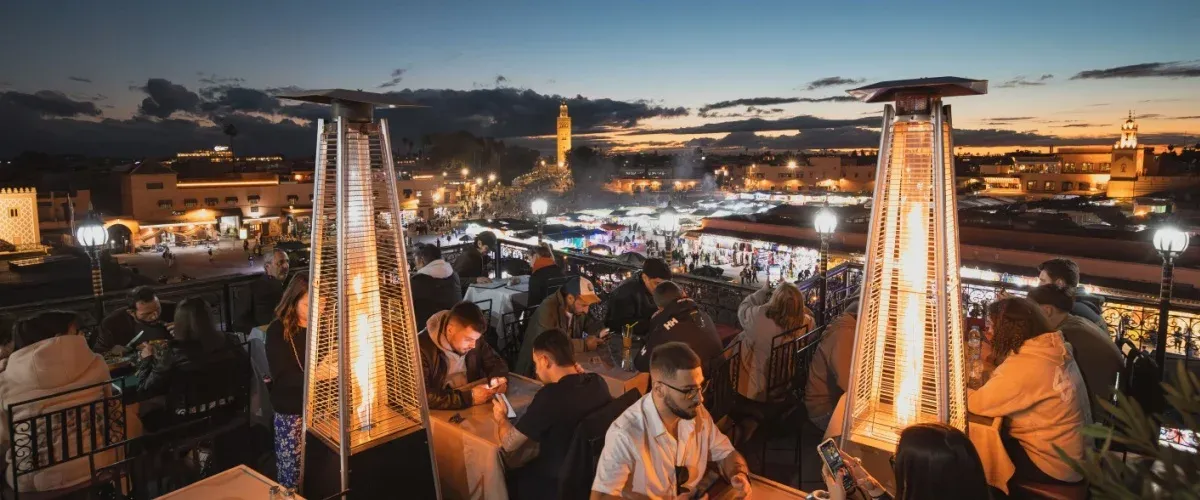Introduction
Looking for an adventure that blends culture, nature, and thrilling landscapes? Trekking in Morocco offers one of the most unforgettable ways to experience this magical North African country. The dramatic mountains, sand dunes, lush valleys, and welcoming Berber villages, there’s a lot to explore. This specific travel guide will help you understand everything about trekking in this country. From what trails to choose and how to prepare, to pricing, insider tips, and practical travel essentials. We have covered everything what you require for a lively trip. It doesn’t matter if you are a beginner or a seasoned mountain lover, this country welcomes everyone. Here you will find useful information that will make planning your Moroccan trek smooth and exciting. Let’s uncover the wild beauty of this African country.
Know Detailed Information About Trekking in Morocco
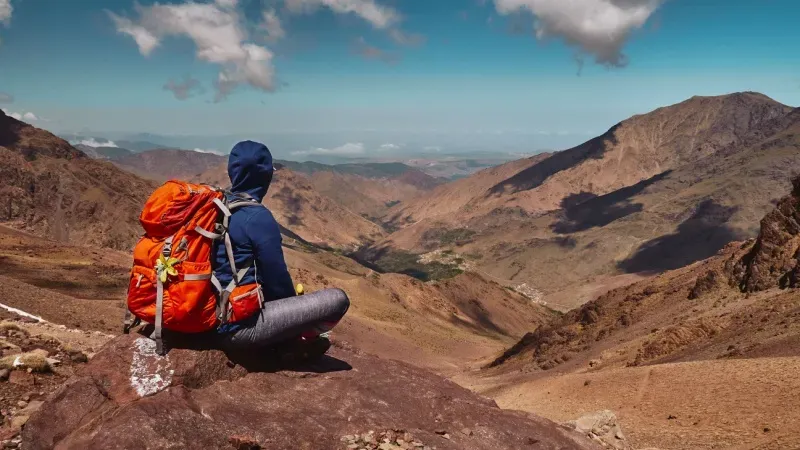
Trekking in Morocco refers to hiking or walking long distances. You can explore the country’s most beautiful natural regions. Unlike typical city tours, trekking allows you to truly connect with Morocco’s diverse landscapes. The High Atlas Mountains, Sahara Desert, and remote Berber villages are some of the best trekking places. In 2025, trekking in Morocco is more popular than ever. Travelers are looking for authentic experiences and meaningful adventures. Morocco delivers both in abundance. You can choose short day hikes, multi-day mountain treks, or challenging expeditions to summit peaks like Mount Toubkal. It is the highest mountain in North Africa at 4,167 meters.
Besides its natural beauty, trekking gives you a chance to meet local communities. Know about Berber Lifes and learn about traditional ways of life. It’s a journey that’s as much about cultural discovery as it is about physical challenges. The growing number of guided tours, better infrastructure, and eco-conscious trekking options attract tourists from all round the world. In 2025, it is the perfect time to lace up your hiking boots and hit the Moroccan trails.
Step-by-Step Guide to Trekking in Morocco
Step 1: Choose Your Region and Route
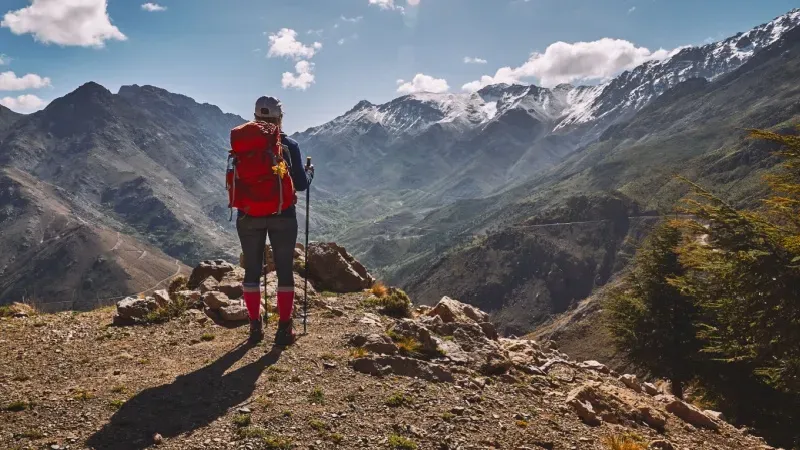
First, decide what kind of landscape and experience you want. For mountain adventures, the High Atlas Mountains are the most popular. Mount Toubkal is the ultimate challenge for many trekkers. If you prefer gentler walks, the Anti-Atlas region or the green valleys around Imlil are perfect.
For a desert adventure, consider trekking across the Sahara to places like Erg Chebbi or Erg Chigaga. You will experience vast golden dunes, starry nights, and camel caravans. It is also important to Check the trail length, difficulty, and elevation gain to match your fitness level. Many tour companies and local guides can help you select the right trek.
Step 2: Choose a Guide or Go Independently
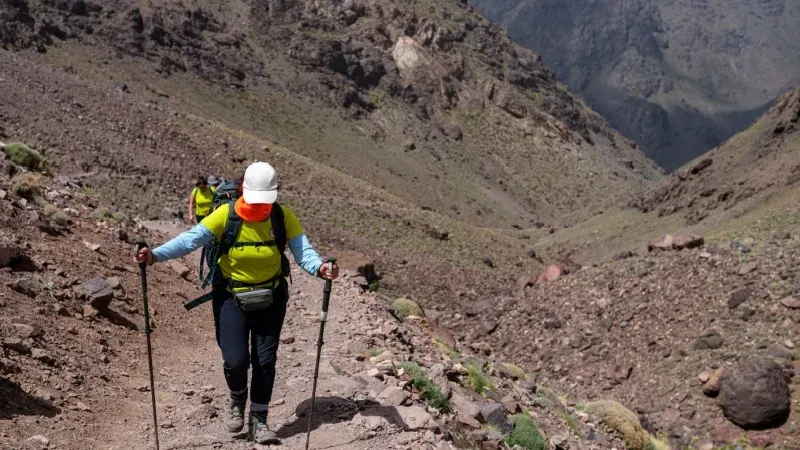
While experienced trekkers might prefer going solo, hiring a local guide is highly recommended. Especially in remote or high-altitude areas, it is not advisable to go solo. Guides offer safety, cultural insight, and help with logistics like meals and accommodations. This year, many local companies provided affordable Morocco packages that include a licensed guide, mule support, meals, and even camping gear if needed. However, if you go solo, make sure to have detailed maps, GPS, and inform someone of your itinerary.
Step 3: Prepare Your Gear and Fitness
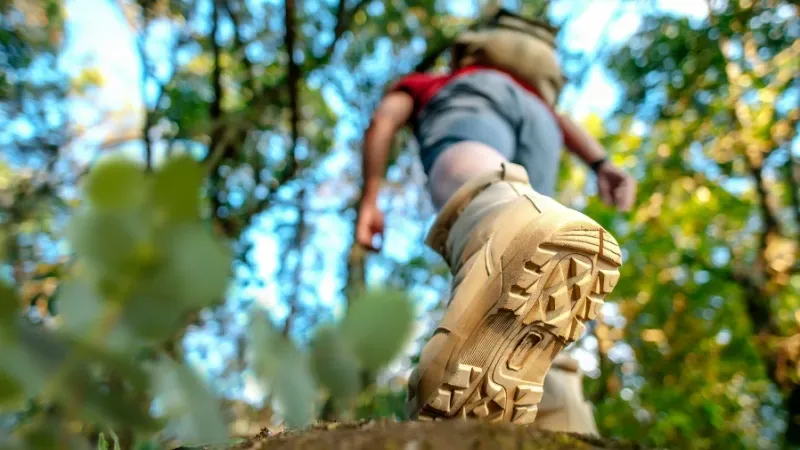
Moroccan treks can involve steep climbs, hot desert days, and chilly mountain nights. That’s why it is crucial to carry sturdy hiking boots, layered clothing, a good sleeping bag (for overnight treks), and sun protection. Train at least a few weeks before your trip to build stamina. Practice walking with a backpack and on uneven terrain if possible.
Step 4: Book Your Trek and Arrange Transportation
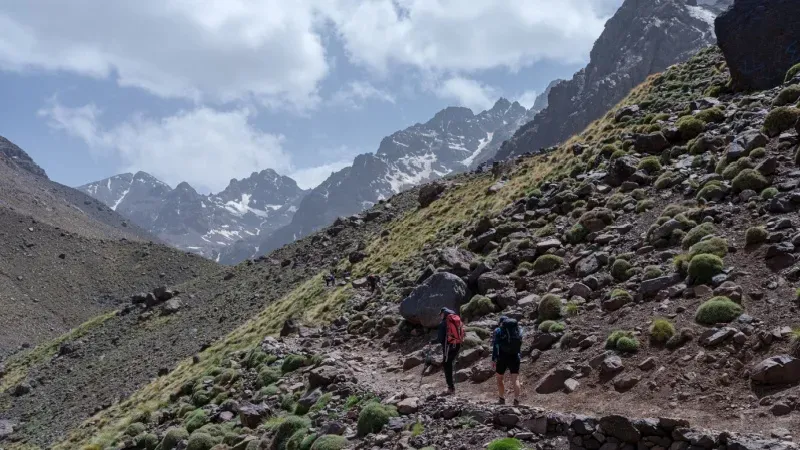
Once you’ve decided on your route and guide, it is important to book a Moroccan tour package. Many treks start from Marrakech, so plan transportation to your trailhead. For example, Imlil (gateway to Toubkal) is about 90 minutes from Marrakech by car. Book accommodation in advance, especially during spring and autumn. Prior bookings ae best because trekking is most popular. Today, you can find so many online travel websites, who can plan your trip in a better way.
Step 5: Enjoy the Journey and Respect Local Culture
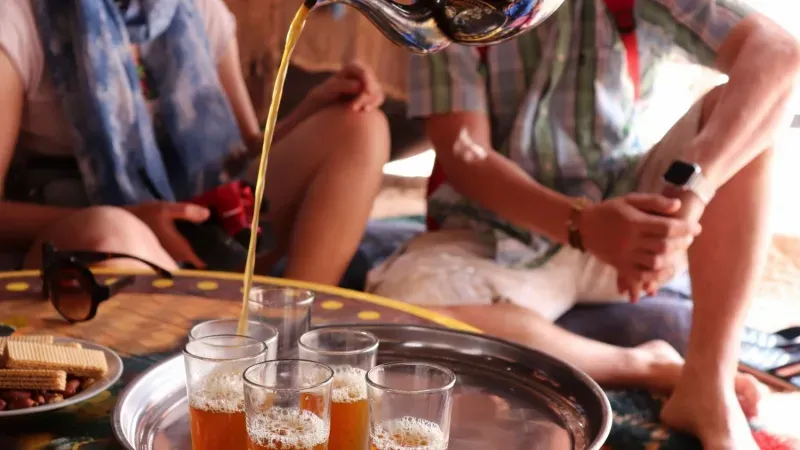
As you trek, remember that these paths pass through Berber villages and private lands. Greet locals with a smile, ask before taking photos, and respect local customs. Take time to enjoy a delectable meal with the locals. Learn a few Berber words and soak up the warm hospitality. Interaction with locals can help you immensely with trekking in Morocco.
Key Features & Benefits of Trekking in Morocco
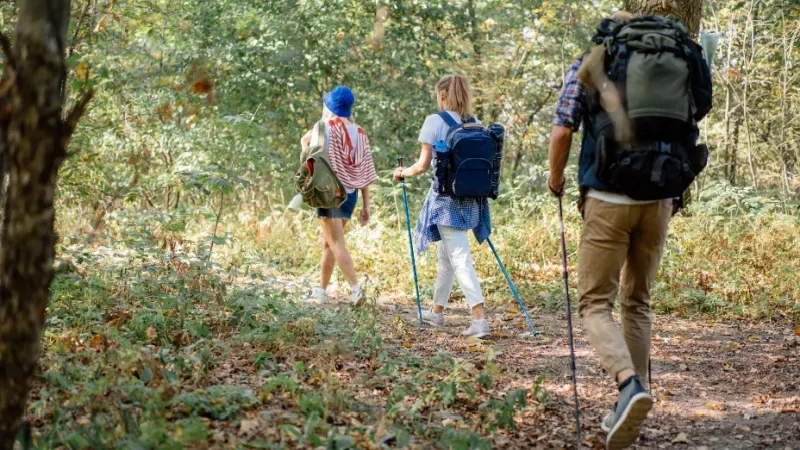
- Diverse landscapes: From high mountains to desert dunes, Morocco offers every type of scenery.
- Cultural immersion: Meet Berber families, experience local traditions, and enjoy authentic food.
- Affordable options: Treks are budget-friendly compared to many other adventure destinations.
- Accessible for all levels: Routes range from easy valley walks to challenging summit climbs.
- Multilingual guides: Many guides speak English, French, and Berber, making communication easy.
- Year-round options: While spring and autumn are best, there are routes available nearly every month.
Morocco Treks: Fare & Pricing Information (2025)
| Trek Type | Approximate Cost per Person (2025) |
|---|---|
| Day hike (Atlas Mountains) | $50 – $100 |
| 2-day Toubkal ascent | $150 – $250 |
| 3-day desert trek (Erg Chebbi) | $300 – $450 |
| 5-day High Atlas circuit | $400 – $700 |
| Private guide daily rate | $30 – $50 |
Prices usually include guide fees, meals, accommodation (guesthouse, refuge, or tents), and mule support for carrying bags.
Follow These Insider Tips for Trekking in Morocco
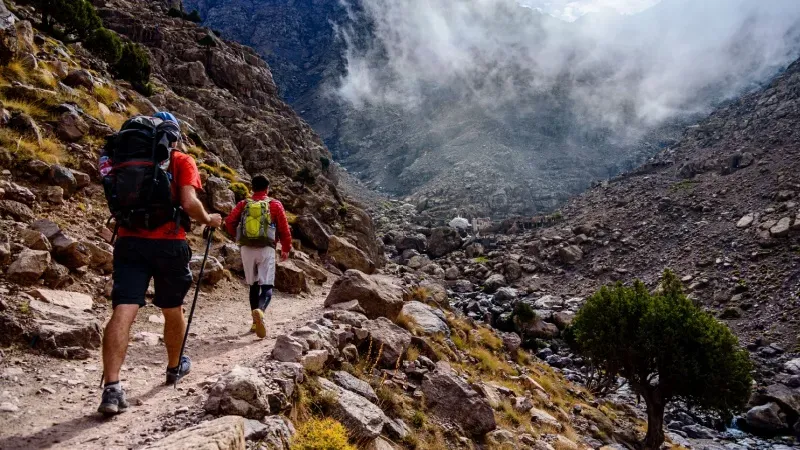
- Best seasons: Spring (March–May) and autumn (September–November) offer the most pleasant weather.
- Payment: Most guides and tour companies accept cash (Moroccan dirham), and larger operators may take credit cards.
- Insurance: Get travel insurance that covers high-altitude trekking and medical evacuation.
- Safety tips: Stay hydrated, move slowly to avoid altitude sickness, and always check weather forecasts.
- Connectivity: Phone reception is available in some areas, but you may lose signal in remote valleys. Download offline maps.
Quick Travel Essentials
- Transport alternatives: Buses, private transfers, or shared taxis from Marrakech or other major cities.
- Languages: Arabic, Berber, and French are most common. Many guides also speak English.
- Currency: Moroccan dirham (MAD); bring enough cash for village trip and tipping.
- Emergency contacts: General emergency – 19, mountain rescue (through local authorities), nearest embassy or consulate.
- Packing essentials: Must carry a hat, trekking poles, headlamp, water purification tablets, personal first-aid kit and sunglasses.
Final Thoughts
Trekking in Morocco is more than just a hike. It’s a deep, soul-enriching journey through some of North Africa’s most breathtaking landscapes and hospitable communities. In 2025, improved infrastructure, eco-friendly initiatives, and local guide networks make this adventure more accessible and rewarding than ever before. This country is your gateway to convert your dreams into reality. Whether looking for trekking North Africa’s highest peak or wandering through remote Berber villages, Morocco is your go to place. This country is calling you to enjoy shimmering desert dunes under star-filled skies. With a bit of planning and an open spirit, your trek will become one of the most memorable experiences of your life. So, grab your boots, pack your sense of adventure, and get ready to explore Morocco. It can be your holiday ever.
FAQs - Trekking in Morocco
You can book directly with worldwide travel companies. Booking can be also done through your hotel in Morocco. Booking in advance is recommended, especially for popular routes like Toubkal.
Most treks include meals and accommodation in the price. You might need extra cash for tips, snacks, or optional activities along the way.
Yes! With a reliable guide, it’s very safe. Families with children often choose shorter, easier routes, while solo travelers enjoy the support and company of local guides.
Most trekking guides speak Berber and Arabic as their native languages. Many also speak French and English, especially those working with international tourists.
Yes, but only recommended for experienced hikers familiar with mountain navigation and self-sufficiency. For most visitors, a guide is a safer and more rewarding option.

